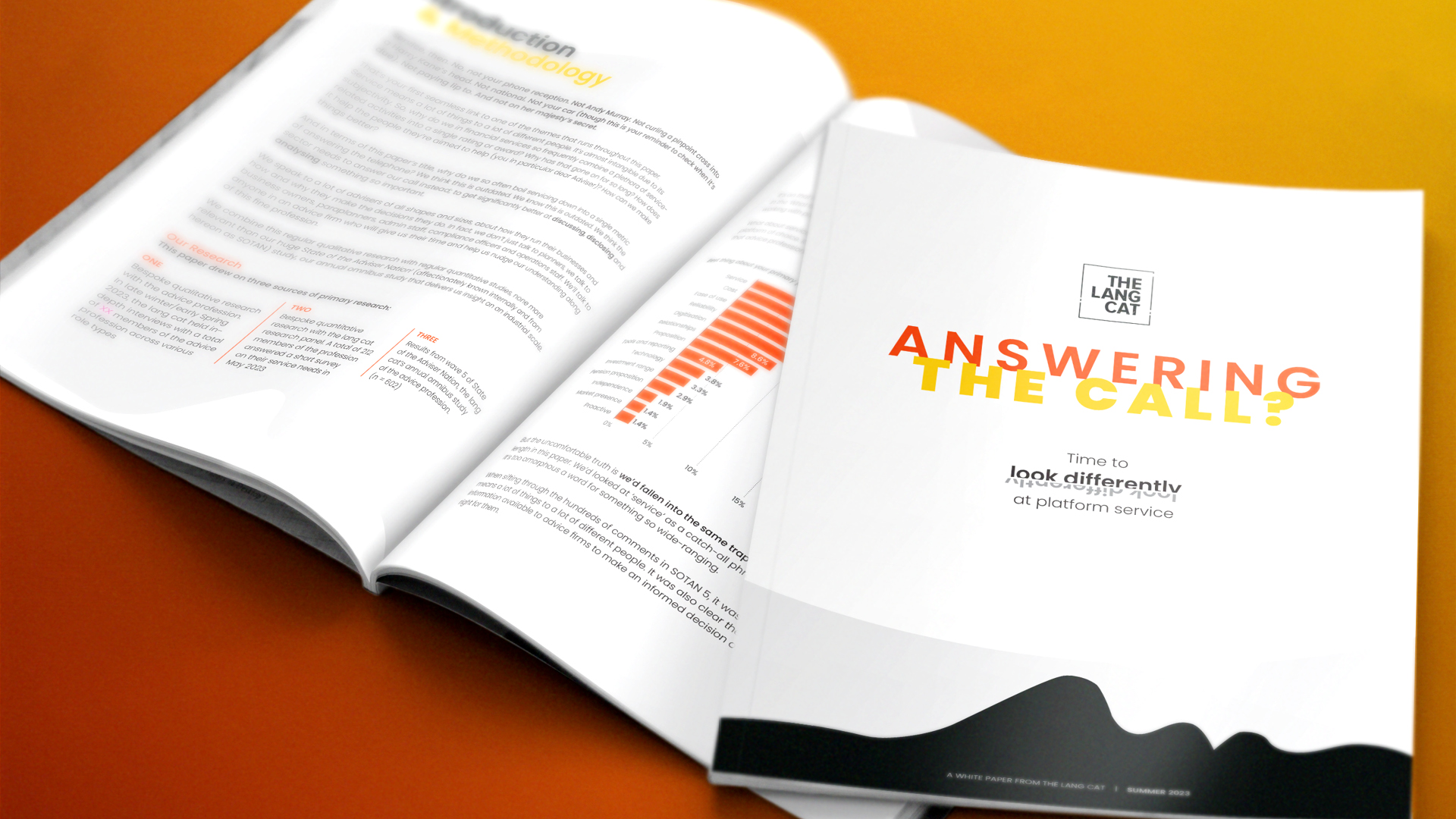The first blog from me for a very, very long time. Once you get out the habit of this stuff it’s hard to get back into it. Never mind, here we are now. I know how you’ve all missed it, so much so that you’ve barely felt able to articulate how keenly you feel its loss.
Stuff like that.
Anyway, felt moved to write after the Skandia volte-face on a bulk switch of its insured Invesco Perpetual High Income money over to the new Woodford fund. This would have involved something like £640m of OPM (Other People’s Money), so it wasn’t a small thing. Today, after howls of protest from advisers, Skandia has woken up and realised this is a bad idea. Not only on the grounds of the fact that there’s little obviously wrong with Barnett’s stewardship of the IP juggernaut he took over from The Neil, but also on the grounds that it was going to charge investors 1% for the privilege of implementation of a decision those investors had no hand in. Not cool.
Now, I think we should move past the fact that Skandia came late to the party, and celebrate that it got there at all. Much like Aegon’s recent Damascene conversion on ‘orphan’ business, it’s churlish to moan when the result is right. As it stands now, advisers and investors can choose whether to move to the Woodford fund, there will be no 1% charge, and the TERs have dropped a little too.
So fair play to Skandia. The rest of this isn’t about Skandia; it’s about insured funds generally.
Reaction to the concept of switching an insured mandate like this has been apoplectic in some quarters. Those who are observers of the inner workings of lifecos, conversely, have been barely surprised. As Graham Greene nearly said, “You cannot conceive, nor can I, of the appalling strangeness of the insured fund sector“.
Platforms and unbundled mutual funds have become so much our currency, that some folks seem to have forgotten that when you use an insured external fund link (EFL) in an insurance or pension contract, you are not investing directly in that fund. You are investing in a box, which may or may not invest in that fund at particular times. The insured fund ‘mirrors’ the EFL to a greater or lesser extent depending on the amount of finagling that’s going on. Some mirrors are ‘tight’ and reflect the underlying performance of the fund closely, others are what we would call, pish.
We also should remember that the charge for the EFL has bugger all to do with the actual cost of the fund to the insurance company. You may be accessing the EFL at, say, 1%, but the lifeco may be getting it at an insto rate of, say, 0.15%. The difference between the two is available for distribution to deserving causes, such as long term incentive plans for directors.
I don’t know the economics behind the Skandia decision, and neither do you (although I suspect you do at the back there, you sly old devil). But there will be some; that’s the nature of this kind of business.
Recently I’ve been seeing a resurgence in both proposition teams and advisers thinking more closely about off-platform products and whether there is a way of bringing the insured world (which was so great and client-centric we had to remake the industry to get rid of it) closer to the post-RDR, PS13/1 compliant, shiny new world.
If this episode serves to remind us of one thing, it’s that if we are interested in transparency of client outcomes as a first step on the road to improving those outcomes – something that will take a while – then insured funds and products need to be brought under exactly the same regimen as their unbundled cousins. Anything else is ludicrous.
Just ask Greeney.





